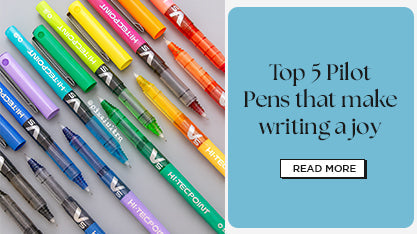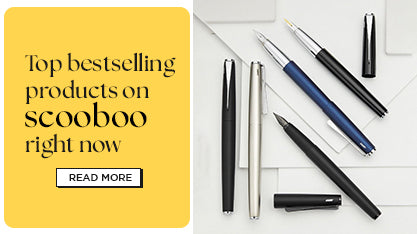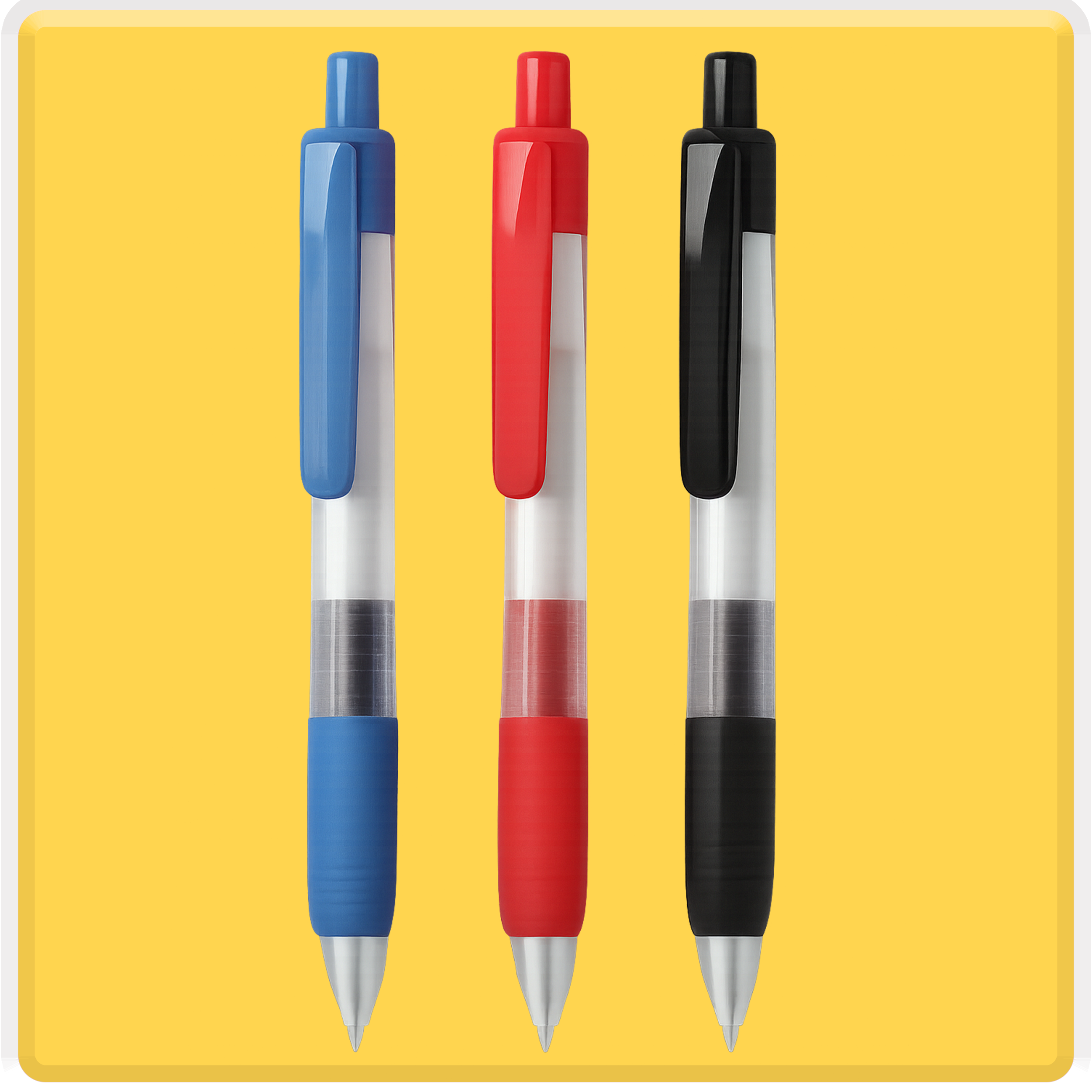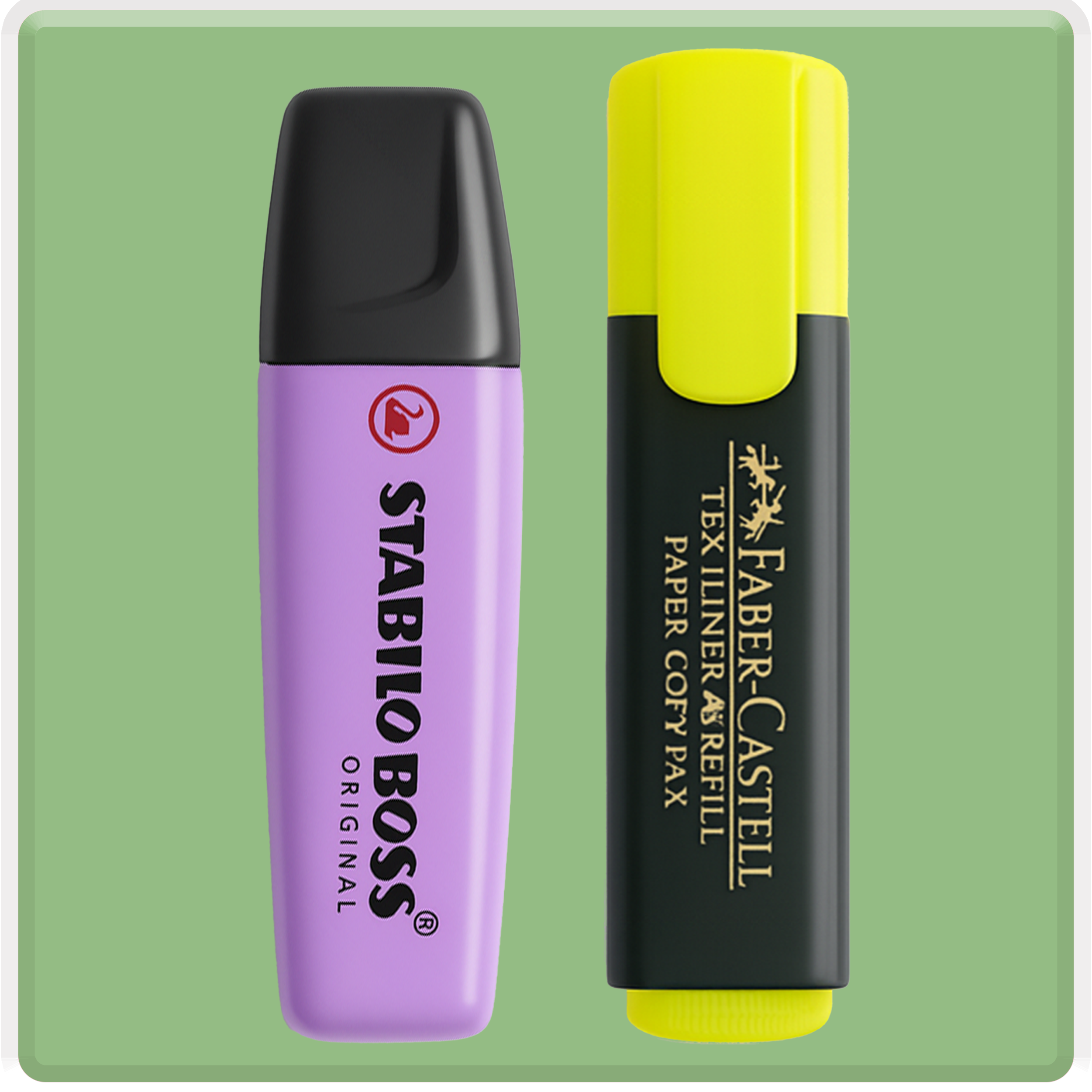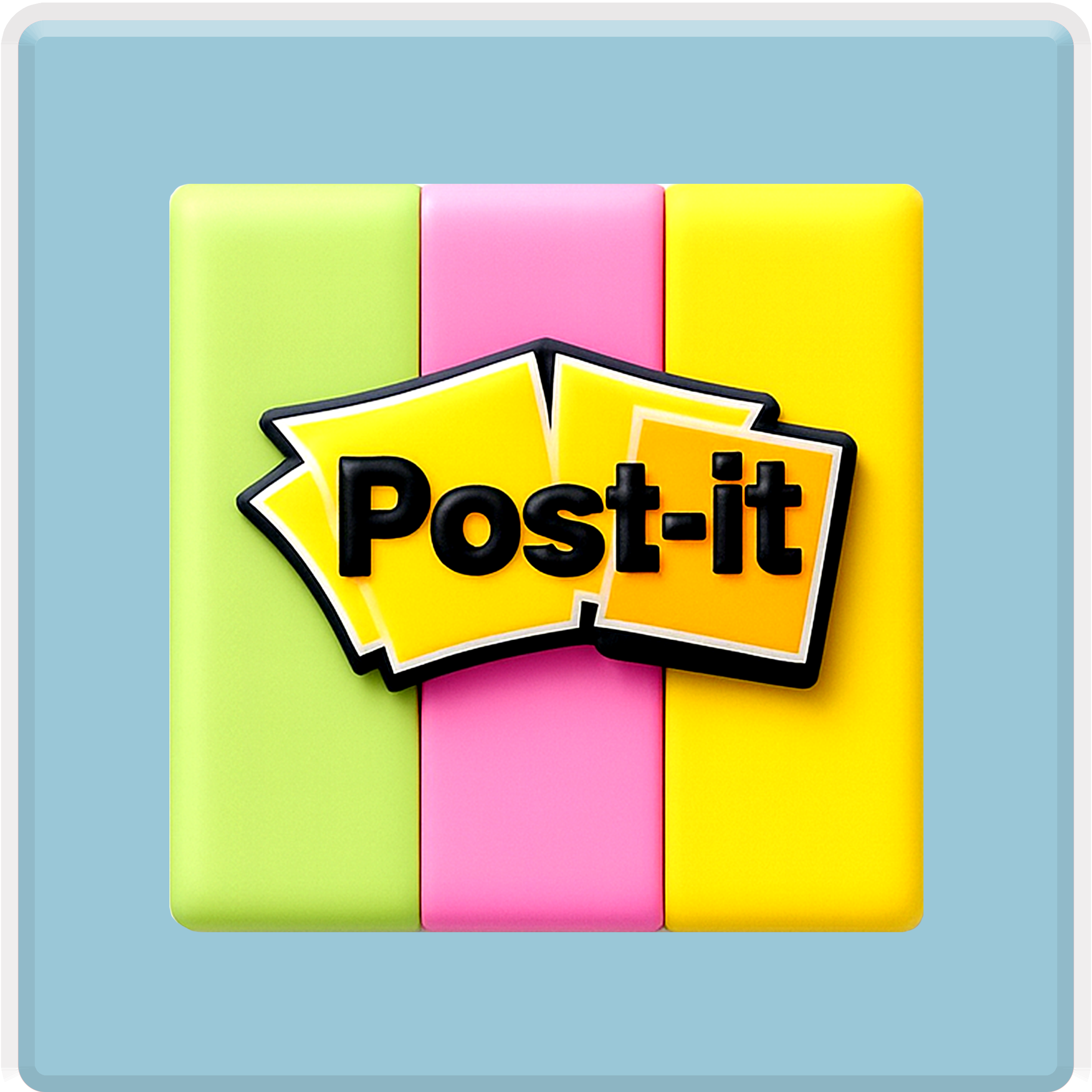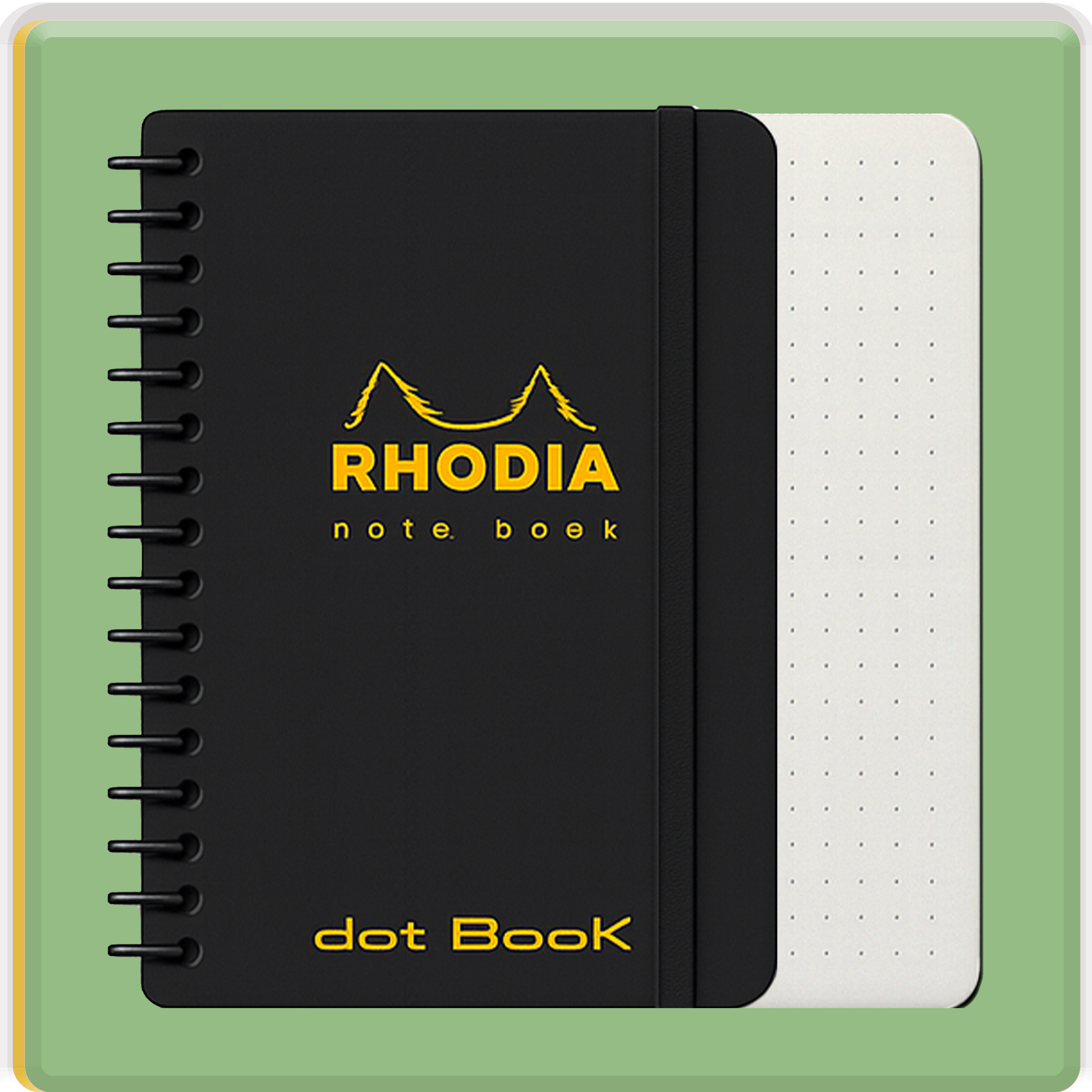Creativity might help you relax if you're feeling anxious or scattered.
Creative expression provides tiny, attainable goals and grounds you with tactile sensations in an overwhelming world.
Instead of judging your abilities or obsessing about a perfect end product, use therapeutic art as an opportunity to experiment and play.
Yoga art therapy is the term used to describe the practice of combining yoga with art therapy.
It is considered to combine the benefits of both pursuits, allowing courage and creativity to enter while remaining grounded and letting go of any judgement.
It is thought to be particularly beneficial because it nourishes the body, mind, and spirit all at the same time.
Every year on June 21st, India and the rest of the world commemorate International Yoga Day.
It is commemorated to raise awareness about the importance of yoga.
Continue reading to learn more about art therapy's benefits and to try some art exercises.
ADVANTAGES OF ART THERAPY

Working with a skilled art therapist is commonly referred to as art therapy.
Art therapy can help people with trauma, depression, and personality disorders in a clinical environment.
Formal art therapy promotes emotional awareness and regulation, self-esteem and coping skills.
Art-in-therapy is a term used to distinguish formal art therapy from unsupervised art therapy.
Even if there isn't a professional present, using your imagination can be extremely healing.
Studies of informal creative practices indicated that they improved emotional processing and self-worth while also reducing anxiety and boredom.
We understand that not everyone has access to a therapist. While we cannot guarantee the same medicinal effects, we believe that art will be satisfying on its own.
You can use art to comprehend and express bad feelings, or you can use it to relax and forget about your troubles.
Try out one of the art-as-therapy exercises below!
EXERCISES IN ART THERAPY

If you're not sure which exercise is best for you, pick one where you're comfortable with the medium or one that interests you the most.
Every exercise should be suitable for a novice.
Mixed Media Collage
A mixed media collage is an easy way for anyone to start producing if a blank sheet freaks them out.
To make fantasy scenes, cut out photographs from magazines and put them down with sticky tape.
You can also experiment with various media, such as cutting up paintings or drawings that you aren't happy with and creating something new.
We propose using pages from this sketchbook as glue surfaces for your collages. If you have too many collages, put them in envelopes and send them to pals who live far away.
Exercise: Combine images that speak to you with neutral colour schemes.
Recommendations: Plus Japan Glue Tape, Scholar Artist Pad, Plus Japan Extra Long Scissors.
Abstract Watercolour Painting
Watercolours love to flow and mix, making them ideal for creating lovely, unexpected abstract paintings.
Primo watercolours include highly pigmented paints and are available on Scooboo.
Combine them with large paper, soft brushes, and a mixing palette for big, fluid motions.
It's almost peaceful to dip a brush into water and watch swirls of colour float away. Consider drying and cleanup time when working with watercolour.
Exercise: Take a cue from the abstract expressionists and action paintings, and experiment with movement without regard for the result. Blotting, flicking, and splashing are all options. What marks do various movements leave?
Recommendations: Winston & Newton Watercolor Palettes, Faber Castell Paint Brushes, Stationerie Wooden Palette, Canson Montval Watercolor Paper.
Coloured Pencil Sketching
The tips of coloured pencils gently rub against the paper, providing pleasing tactile feedback.
They’re highly opaque and richly pigmented, which means no frustration when laying down lines or filling in an area with colour.
Exercise: As many textures as feasible should be used. To begin, try crosshatching, stippling, and scumbling. Combine textures and colours to create unexpected combinations.
Recommendations: Staedtler Colour Pencils, Scholar Sketchbook, SDI Pencil Sharpener, Maped Precision Grip Erasers.
Adult Colouring Books
Start with a colouring book to get over your dread of a blank page.
While they limit your ability to express yourself, they do help you become more comfortable with your art equipment, and filling in intricate lines can help you relax.
Exercise: Choose a colouring book with geometric designs for calming repetition or one with art reproductions for more sophisticated creative options.
Recommendations: Adult Colouring Books, Stabilo Fineliners Point 88 Marker Pens, Faber Castell Colour Pencils.
CONCLUSION
Any media can be used to investigate the therapeutic advantages of art.
Choose whatever makes you feel most at ease, settle in to de-stress via creative, and shop for art supplies on Scooboo.



